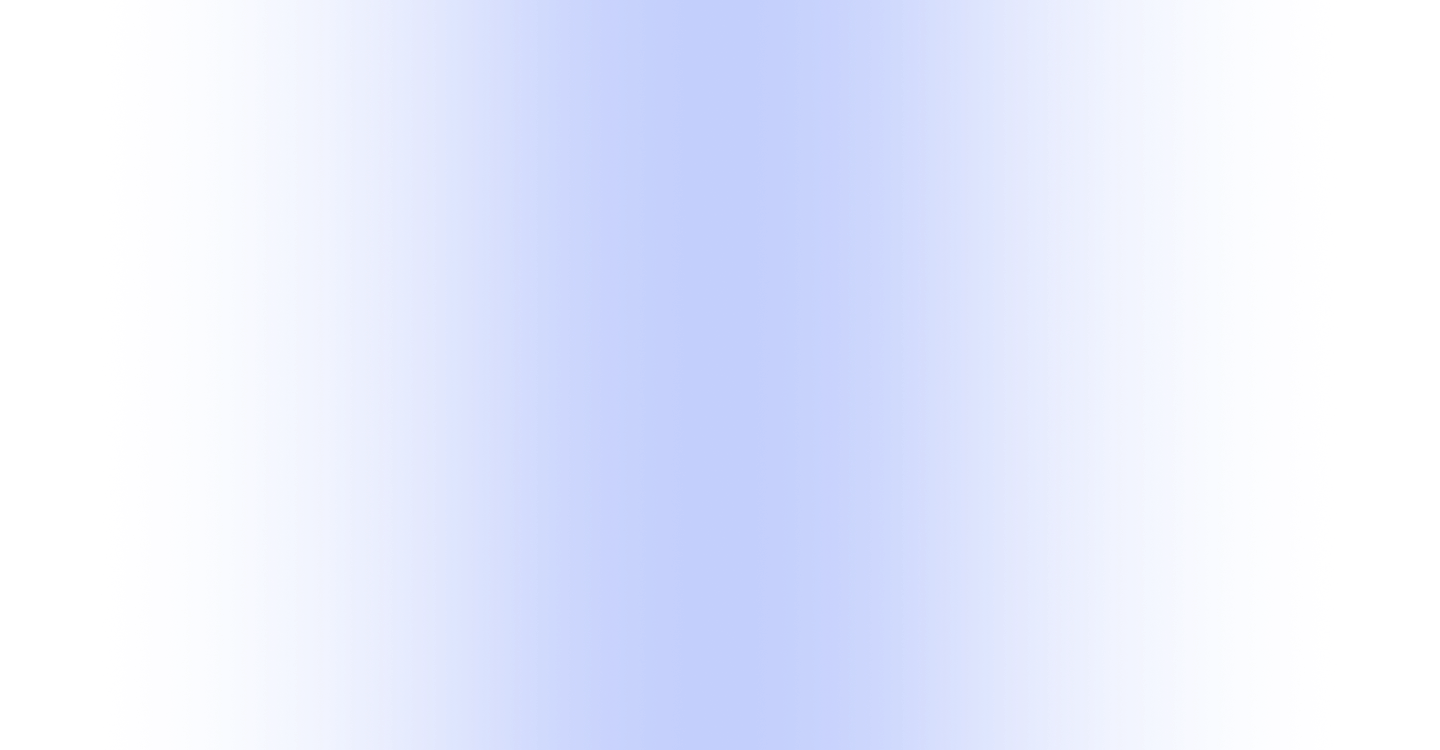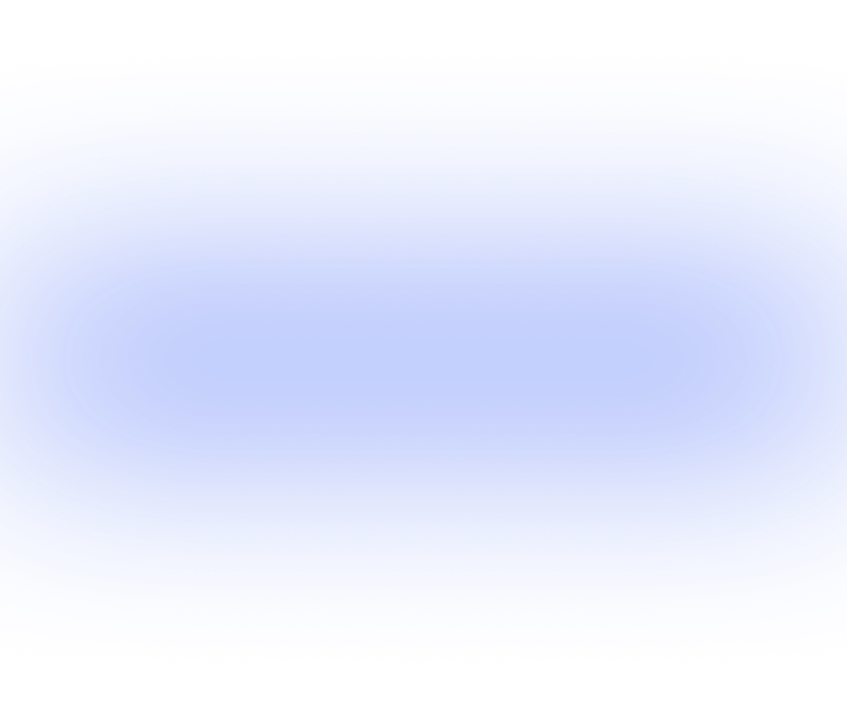Forex trading has a rich and ancient history that dates back to the Middle East and Middle Ages when international merchant bankers introduced bills of exchange. These flexible and transferable payments laid the foundations for the growth of foreign exchange dealings. In this blog post, we will explore the evolution of forex trading, from its early beginnings to the modern global market.
- Origins and Formation of Forex Trading:
Foreign exchange trading found its roots in the ancient Middle East and Middle Ages with the development of bills of exchange. These instruments allowed traders to conduct flexible and secure transactions across borders. Fast forward to the twentieth century, and the modern forex market emerged, characterised by periods of both high volatility and relative stability. During this time, London became the leading center for foreign exchange trading, with the British pound serving as the preferred currency for trading and reserve purposes. - The Rise of the U.S. Dollar as Reserve Currency:
After World War II, the United States emerged as the world's leading economy, and the U.S. dollar became the reserve currency for capitalist countries. The Bretton Woods Accord in 1944 solidified this arrangement, pegging currencies to the U.S. dollar and linking it to gold at $35 per ounce. The establishment of the International Monetary Fund (IMF) further supported economic stability by providing financial assistance to developing and transitioning countries. - The Shift to Free-Floating Currencies:
In the late 1970s, currencies were officially allowed to float freely against each other, marking a significant milestone in financial market history. This meant that currency values were determined by market supply and demand forces, without specific intervention points. This change led to a spectacular increase in forex trading volume. Daily turnover grew from $5 billion in 1977 to $1.5 trillion by the year 2000, fueled by factors such as increased volatility in currency rates, the influence of central bank policies, intensified global competition, and technological innovations. - Technological Advances and Increased Trading Sophistication:
Advancements in technology, computer software, and telecommunications have revolutionised forex trading, allowing for greater accessibility and trade sophistication. Automated dealing systems and internet-based platforms have made it possible for traders from around the world to connect and participate in the market. These advancements, coupled with increased experience and expertise, have elevated the level of trading sophistication, enabling traders to generate profits and effectively manage exchange risks.
The history of forex trading is both intriguing and dynamic. From its origins in ancient times to the establishment of the modern global market, forex trading has continuously evolved and adapted to changing economic landscapes. The rise of the U.S. dollar as the reserve currency, the shift to free-floating currencies, and technological advancements have all contributed to the remarkable growth in forex trading volume. As traders continue to navigate the forex market, understanding its historical foundations can provide valuable insights for success.


